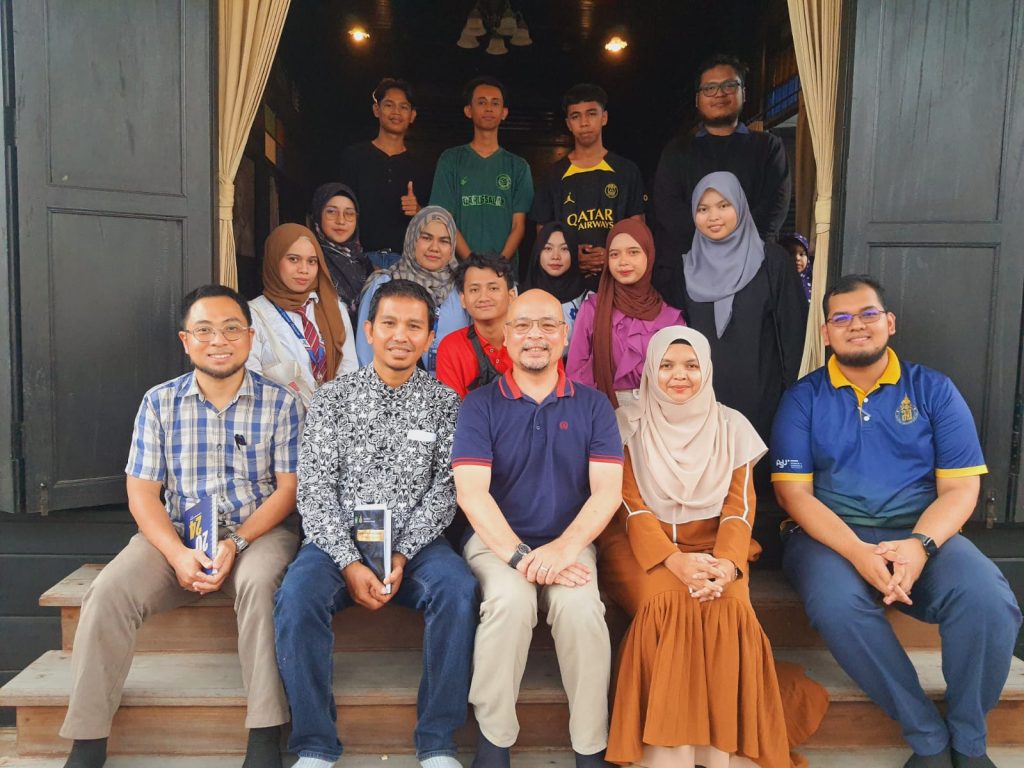
Asst. Prof. Dr. Anwar Koma, Prof. Dr. Phil. Saiful Akmal MA, students of Political Science Prince of Songkla University Pattani Campus, and four Internship students from Indonesia did a field trip to visit Haji Sulong residence in Pattani, Southern Thailand on July 7th, 2024. This activity aims to learn more new perspectives and discuss the history of Haji Sulong in the past. In Haji Sulong residence, Mr. Jaturon Lamsopha who is an active member of Pattani’s provincial council, welcomed us in Haji Sulong residence along with his wife Mrs. Fateehah Iamsopha. Both of them were entrusted to manage the heritage of Haji Sulong and also became our source of information during our field trip.
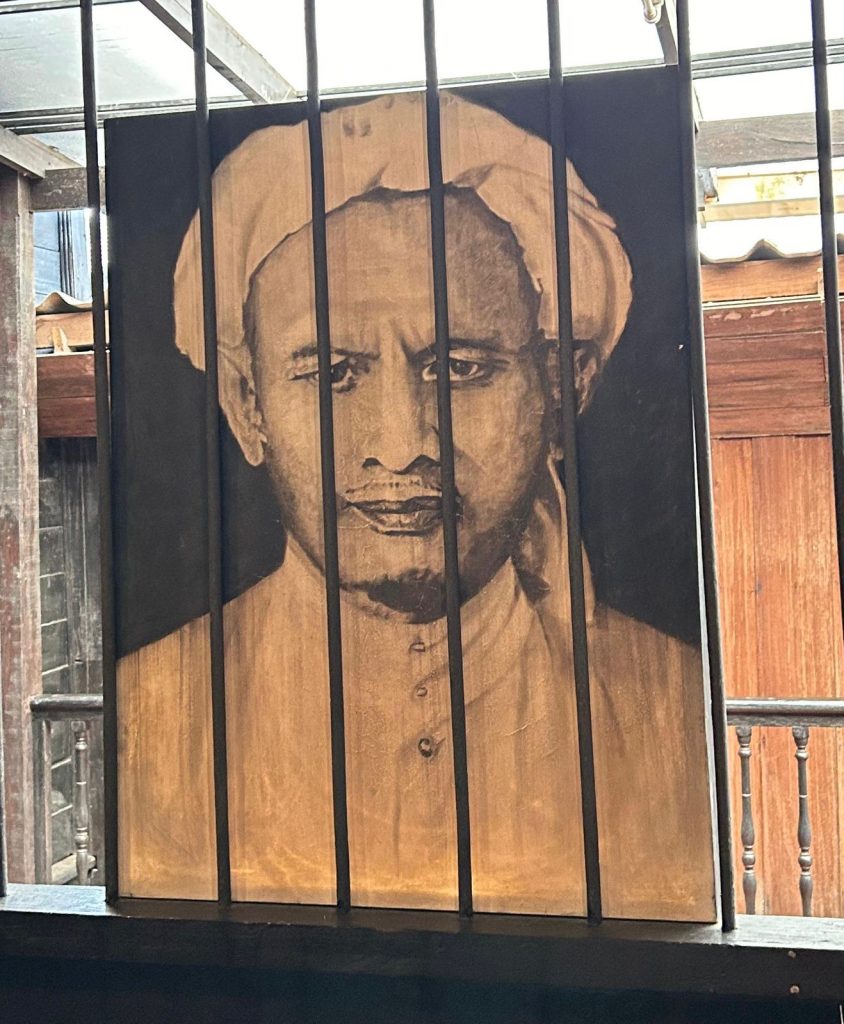
Haji Sulong bin Abdul Kadir al-Fatani, popularly known as Haji Sulong, was a Malay Muslim leader who fought for the rights and autonomy of the Malay community in Pattani, Southern Thailand. He was one of the most important figures in Pattani’s history. Before he started as a Malay Muslim community leader and Pattani activist, Haji Sulong was educated as a Muslim cleric in Mecca for many years. After he returned to his country, he established a religious school called Madrasah Al-Ma’arif Al Wathaniah. Haji Sulong hoped to facilitate the Islamic education of the Malay community in Pattani.

In 1947, he wrote a memorandum to give to the Thai government. The memorandum contained 7 claims for political freedom and recognition of Malay culture in the Pattani area of Southern Thailand (image 2). Haji Sulong’s actions contradicted the Thai government as he was considered a rebel, which caused him and several of his partners to be sentenced and prisoned together in 1948. Haji Sulong was released after being held in prison for around four years. Unfortunately, Haji Sulong’s life ended on October 13, 1954, as he disappeared after being kidnapped with his partners. “Haji Sulong and his partners didn’t really ‘disappear’ but were killed by the Thai military,” said Mr. Jaturon Lamsopha. Pattani society also believes that Haji Sulong and his partner were killed and thrown into the sea near Tikus Island, Songkla. “His struggle is memorable, nobody knows where Haji Sulong disappeared
but I believe he was killed,” said Dayandri.
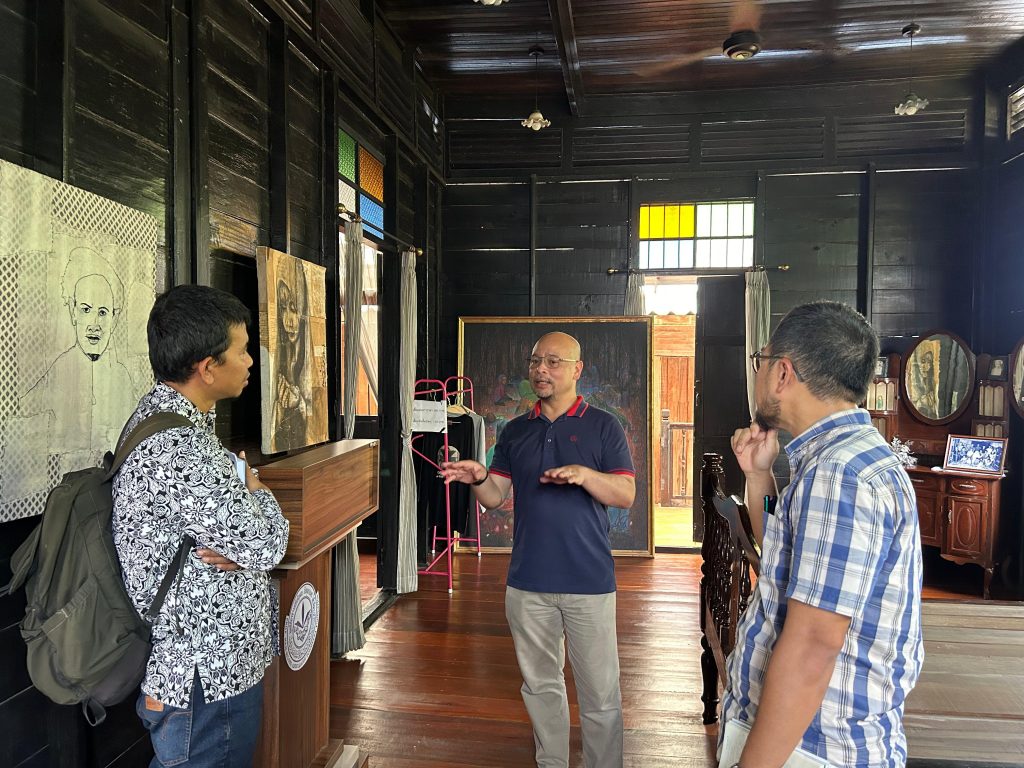
Haji Sulong bin Abdul Kadir al-Fatani inherited several important and sustained legacies for the Malay-Muslim communities of Pattani. His legacy was not only reflected in Pattani’s political and cultural history but also in the sustainable efforts to fight for the rights and identity of the community. First, the Malay-Muslim political awareness and rights struggle has symbolized freedom and inspiration for the next generation. Haji Sulong residence was used as a religious school (Madrasah) and history museum to memorize Haji Sulong. The activities of the Madrasah are conducted during the time before maghrib to isha.
The Islamic school founded by Haji Sulong is still in operation today, which is crucial as it could help educate the younger generation in religious and general knowledge that could strengthen the cultural and religious identity of the Malay-Muslim community in Pattani. Furthermore, Haji Sulong has promoted the Malay language in education, which helps to maintain the Malay language and support the local culture. His actions have influenced the local people in the three provinces of Southern Thailand (Pattani, Yala, and Narathiwat) to be able to communicate in Malay. Thus, the Malay language remains alive and developed as a daily language. Moreover, many of his students became religious clerics who passed on his knowledge and developed his influence within the Muslim communities, thus maintaining the Malay-Muslim communities in Pattani until now.
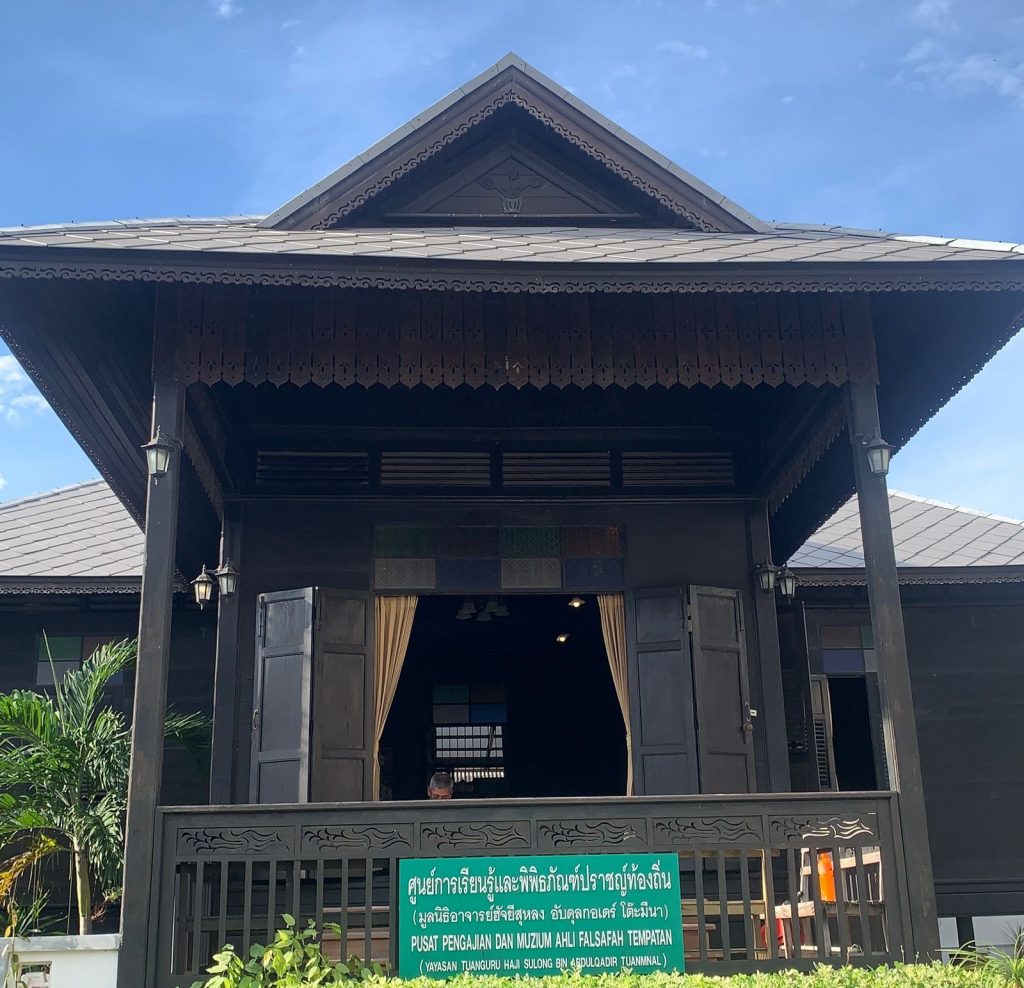
From the discussion, Prof. Dr. Phil. Saiful Akmal MA also said that there are similarities with the conflict that happened in Aceh, one of the communities in Aceh is the Gerakan Aceh Merdeka (GAM) which is represented in the struggle of local communities for their rights and recognition of cultural and religious identity. The difference is that Gerakan Aceh Merdeka (GAM) used guerrilla and military action tactics, and diplomatic action in their struggle. Meanwhile, Haji Sulong used non-violence and diplomacy to promote the rights of the community.
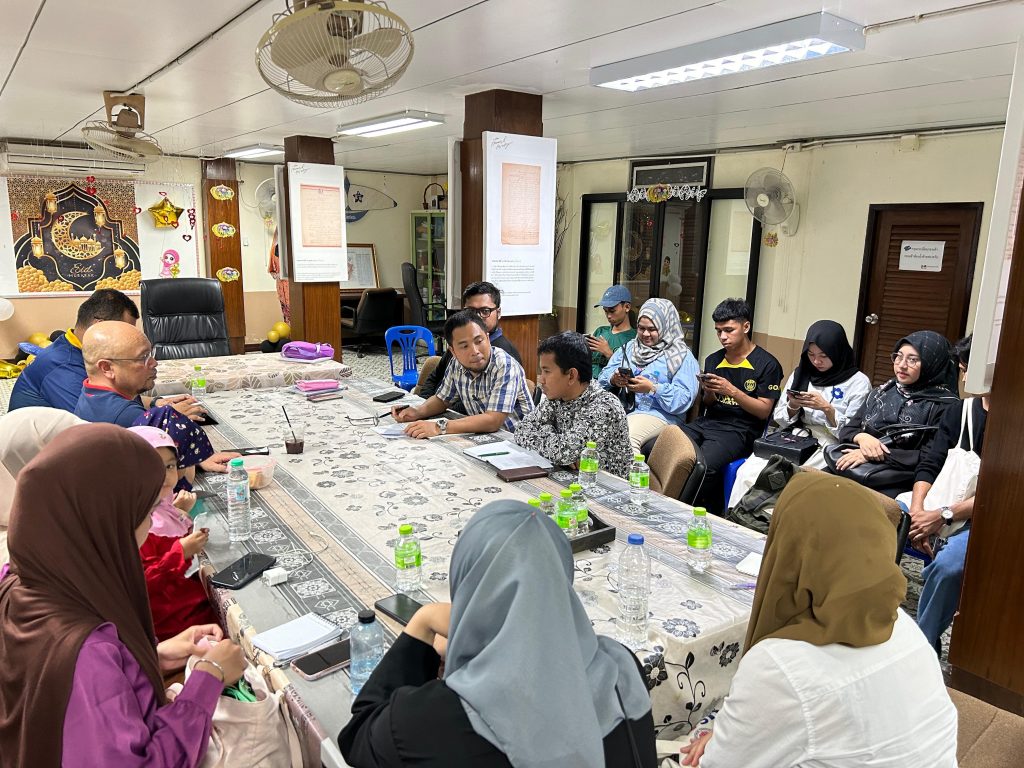
In addition, the field trip offered not only valuable insights into Haji Sulong’s life and struggles but also opened up discussions about the impact and urgency of his struggles on the current political and social conditions in Southern Thailand. The students and academics are expected to learn valuable lessons from the field trip and to utilize the knowledge gained in their studies and research.
Moreover, this field trip is an opportunity for Thai students and the internship Indonesian students to improve academic, cultural, and historical relations between Indonesia and Thailand, as well as to gain more perspective on the issues faced by the Malay-Muslim communities in Southern Thailand. Through their field trip experience, they can learn about qualitative research methods, such as interviews and observations, which will be beneficial in their future studies, and also the importance of respect and preservation of cultural heritage as well as an active role in advocating minority rights in terms of justice and equality. However, Rasyid opinion that the story and the life journey of Haji Sulong is very inspiring for many people, and the impact of his actions benefits even the generations after him.
Keywords : Political Conflict, Cultural Identity, Sociolinguistic, Multilingual
Author : Dewi Indah Berliana as an intern student from State University of Malang under the supervision of Asst. Prof. Dr. Anwar Koma, Faculty of Political Science, Prince of Songkla, Pattani Campus
Reviewer : Dayandri Trisatya Fatanabullah Rasyid Muhammad Syavie Siti Latifah